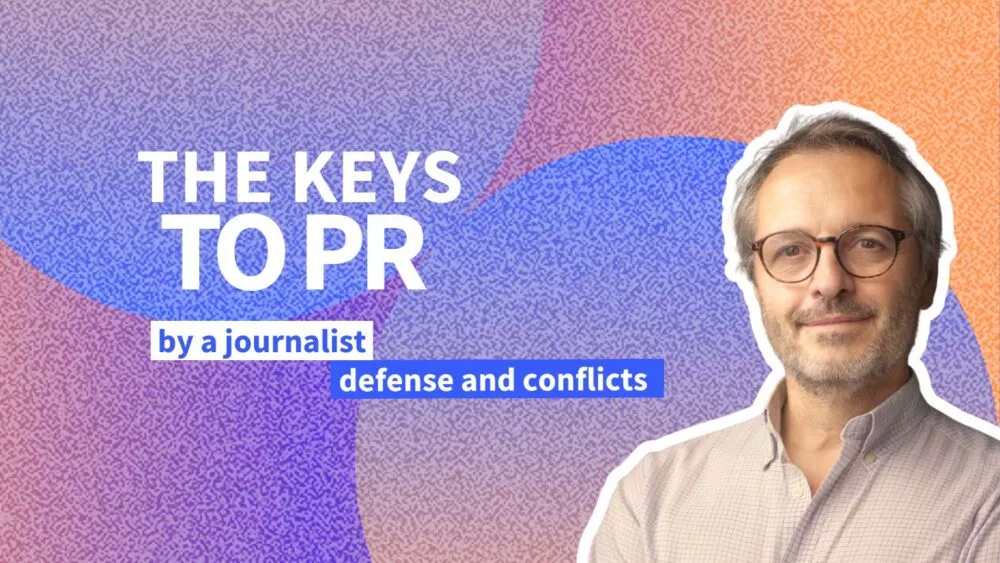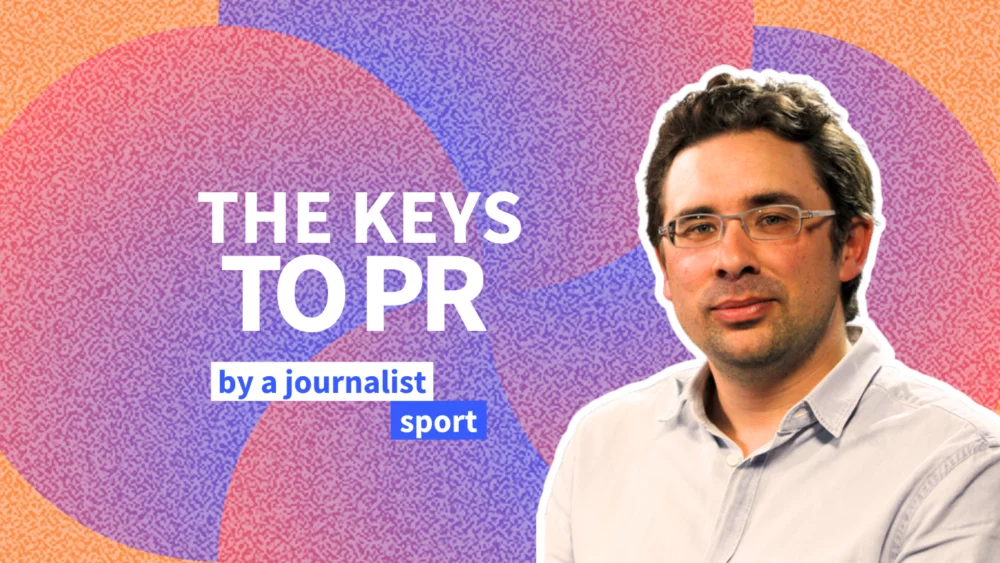Why did the Havas advertising campaign for Shein cause such controversy?
While Shein has been communicating in France for ten years, this campaign was surprising because it resembles a lobbying approach, with a political tone. Its timing is also deliberate, ahead of the upcoming Senate discussions. To provoke a reaction, to spark debate: that is clearly the brand's intention. The three messages of this campaign are striking, but beyond their content, they give the impression of avoiding naming the elephant in the room: the company itself, and its economic and production model.
Does the Havas campaign for Shein comply with the ethical rules established by the ARPP?
If the campaign had been a blatant violation of our rules, it would have been quickly noticed and reported. In Shein’s case, the issue is that it focuses on the purchasing power of its 23 million customers without mentioning environmental and social aspects. That said, economic claims are common in communications from retail brands, as we’ve seen during the inflation period. It now remains to verify whether any ethical rule has been breached. To date, we have received several complaints, from individuals and associations. Regardless of the number, the Advertising Ethics Jury will review the campaign in light of the ARPP Code, our ethical standards, following due process, and will issue a public opinion.
What are the red lines not to be crossed in terms of advertising ethics for this type of company?
Although this campaign does not directly fall under hard law, such as the Environmental Code which notably regulates carbon neutrality claims, nor under soft law, such as recommendations on sustainable development addressing eco-citizen impacts of advertising communications, certain requirements remain. Every message must be based on the truthfulness of the information disseminated. The company must be able to provide the necessary evidence so that the citizen can make an informed judgment or reconsider the messages presented. Visual elements also play a role—the use of the color green, for example, conveys a message, as do sound elements. All of these aspects are taken into account in the analysis, and are based on the regulations surrounding sustainable development representation, a French framework that is particularly strict, even in comparison to the European level, and even more so globally.
In the absence of a clear legal framework on fast fashion, what is the responsibility of communicators in designing advertising messages for controversial companies?
Communicators must support and inspire the transition. Major agencies are committed to supporting behavioral changes, particularly in terms of carbon emission reduction. These commitments fall within the framework of the Paris Agreement. They may translate into a refusal to collaborate with certain types of advertisers or, on the contrary, into a willingness to work with them to promote a transition. This is becoming a genuine model for some agencies, which choose to position themselves as strategic partners, in service of a responsible brand transformation. Today, these commitments must be concretely reflected in communication, but not in the form of injunctions. Because there is real public resistance, especially when purchasing power is at stake. This echoes the often-expressed opposition between “end of the world” and “end of the month,” which resonates with part of the population in Europe. The automotive sector illustrates this transformation dynamic well: advertisements mainly highlight electric or hybrid vehicles, even though they are still a minority in sales. Communication thus anticipates a coming change, in connection with the ban on combustion engines expected by 2035. Obviously, the pace of change is seen as too slow by some, too fast by others, because these are economically complex changes to implement.
How does the ARPP support agencies faced with sensitive campaigns?
Dialogue with agencies is ongoing. They consult us regularly, especially when facing delicate situations. Last year, we gave 63,000 pieces of advice and opinions on communication projects, across all media. We play an alert and awareness-raising role and provide a framework with precise rules, but there is always an element of interpretation. It is never completely clear-cut. Sometimes a single word or image can influence the meaning or impact of a message. It’s a real balancing act, because every element, image, or wording matters. And no one can predict exactly how a message will be perceived, as reception depends on context and individual references. Our analysis, however, is never based on impressions. Every opinion is based on the rules, paragraphs, and the ARPP Code, to determine if the message is compliant.
Is current regulation sufficient to oversee advertising practices, or does the Shein controversy reveal the need for evolving standards?
Even before this controversy, it was planned that the rules would be revised before the end of the year. One recommendation in particular is often used by this type of advertiser: the one relating to sustainable development. It’s a recent version (2020), but these standards must evolve regularly, in consultation with stakeholders. It’s not about systematically overhauling everything. The first rule governing environmental claims in advertising was established back in 1990. Since then, knowledge and expectations—including those of companies—have evolved considerably. The aim is not to create a rule for a specific case, but to develop a framework adapted to a variety of situations. This requires regular adjustments to account for all campaigns.
What advice would you give to an agency approached by a client with a divisive reputation?
In the context of a parliamentary debate around a law, like in the Shein case, it’s about initiating a societal debate. The strength of an agency lies in the diversity and freedom of expression it can offer. It’s essential to ask whether silence, in the face of the need to change consumption behaviors, is really an appropriate response. But one must also ask whether systematically refusing to work with companies whose values seem divergent might sometimes mean missing a more complex reality. These companies are often undergoing transitions—whether in production methods, delivery models, or even through relocations. Not to mention the geopolitical issues influencing these transformations. One must believe that communication, through its creativity and talent, can indeed support and provoke behavioral change.








